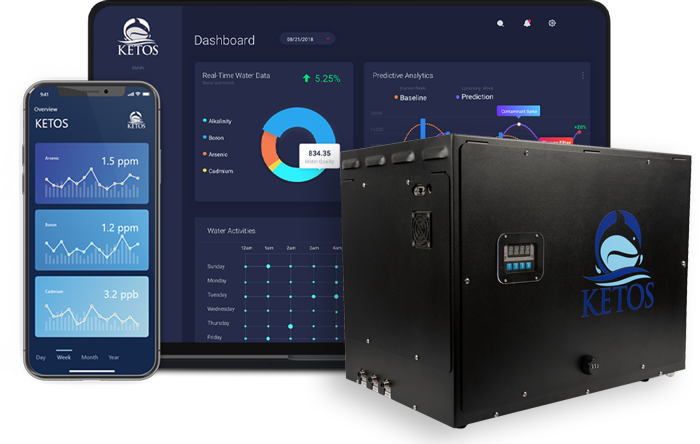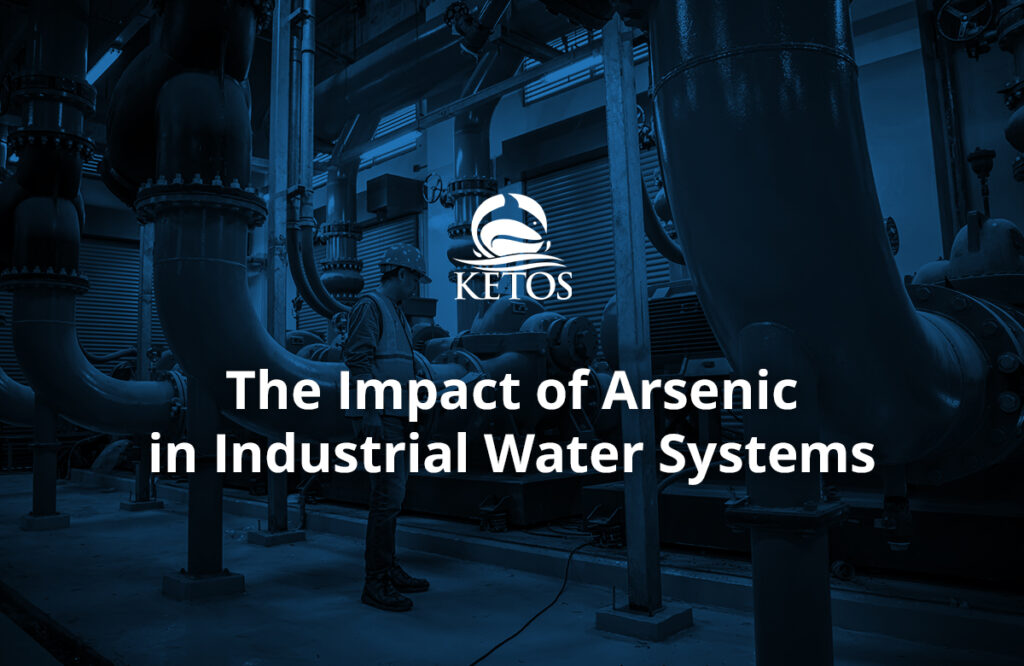Vertical farming is changing the way we grow food in cities, turning empty spaces into sky-high gardens. These innovative farms help solve big problems like land shortages and environmental concerns. The secret to their success? Carefully managing how plants grow, especially through water analysis and testing, with particular attention to the nutrients they receive. When farmers master these details, including precise water testing analysis and management of ammoniacal nitrogen, they can grow more food with less space and fewer resources, helping cities become more self-sufficient. This new approach to farming is shaping a greener, more productive future for urban areas.
Importance of Water Analysis in Vertical Farming
In vertical farms, water isn’t just a resource – it’s the lifeline of the entire operation. Regular water testing analysis ensures that crops receive the exact nutrients they need, free from harmful contaminants.
Essential Water Quality Metrics for Vertical Farms
Poor quality water can be responsible for slow growth, poor aesthetic quality of the crop and, in some cases, can result in the gradual death of the plants. Monitoring water quality ensures a robust crop yield of healthy, nutritious plants. Here are several key parameters that are essential to monitor to improve crop yield:
- pH levels: The ideal range is between 5.5-6.5 for most crops.
- Electrical conductivity (EC): Typically measures between 1.5-2.5 mS/cm for leafy greens.
- Dissolved oxygen: A minimum 5 mg/L is required, although levels should ideally measure above 8 mg/L.
- Nutrient concentrations (Nitrogen, Phosphorus, Potassium, Calcium, Magnesium, etc.): Concentrations vary by crop species and growth stage; each nutrient requires regular monitoring and adjustment for plant health.
- Heavy metals: Should be below EPA-recommended levels.
- Pathogens: Zero tolerance for E. coli and other harmful bacteria.
Monitoring these parameters helps farmers maintain optimal growing conditions, leading to healthier plants and higher yields. As the University of Florida study states, “Regularly measuring and adjusting hydroponic EC can help homeowners accurately manage the nutrient strength of a hydroponic solution.” This underscores the importance of consistent monitoring and adjustment of key parameters for successful hydroponic lettuce production.
Frequency of Water Testing
The frequency of water testing in vertical farms depends on several factors:
| System Type | Recommended Testing Frequency |
| Recirculating hydroponic systems | Daily for pH and EC; weekly for full nutrient analysis. |
| Aquaponic systems | Daily for pH, EC, and ammonia; bi-weekly for full analysis. |
| Aeroponic systems | Multiple times daily for pH and EC; weekly for full analysis. |
Regular testing allows farmers to catch and correct issues before they impact crop health and yield.
Balancing Ammoniacal Nitrogen in Vertical Farming
Ammoniacal nitrogen (NH4-N) plays a crucial role in plant nutrition but requires careful management. Too much can harm plants, while too little can stuntplant growth.
Optimizing Ammonium and Nitrate Ratios
The ratio of ammonium to nitrate in nutrient solutions significantly impacts plant growth. This balance affects:
- Root zone pH: Ammonium uptake lowers pH, nitrate uptake raises it.
- Nutrient uptake efficiency: High ammonium can inhibit uptake of other nutrients in the soil.
- Plant metabolism: Ammonium requires more energy to assimilate than nitrate.
- Crop quality: Proper balance can improve flavor and nutritional content.
For most crops, a lower ammonium to nitrate ratio (10-20% ammonium) is ideal. However, this can vary based on the crop type, growth stage, and environmental conditions.
| Crop | Optimal NH4:NO3 Ratio | Notes |
| Leafy Greens | 10:90 to 15:85 | Higher ammonium during vegetative growth |
| Tomatoes | 5:95 to 10:90 | Lower ammonium during fruiting stage |
| Strawberries | 15:85 to 20:80 | Higher ammonium during runner production |
| Cucumbers | 10:90 to 20:80 | Varies with growth stage and temperature |
Effects of Improper Ammonium/Nitrate Balance
Maintaining the correct balance of ammonium to nitrate is important. Excessive ammonium can lead to:
- Toxicity symptoms: Leaf chlorosis, stunted growth.
- Calcium deficiency: Due to competitive uptake.
- Reduced fruit quality: Smaller size, poor flavor of fruit.
On the other hand, insufficient ammonium can result in:
- Slower growth rates, especially in young plants.
- Reduced nitrogen use efficiency.
- Potential iron deficiency in some crops.
Temperature Effects on Nitrogen Management
Temperature significantly affects how plants process nitrogen, including ammoniacal nitrogen. Recent research provides insights into how temperature and other factors influence nitrogen management in crop production, which can be applied to vertical farming systems.
Temperature-Based Recommendations
A study from Iowa State University offers specific temperature-based recommendations for nitrogen management. The key findings include:
| Temperature Range | Recommendation |
|---|---|
| Above 50°F | Delay fall application of anhydrous ammonia or high-ammonium content manure. |
| 50°F to 32°F | Nitrification rates continue, but at a very slow rate. |
| Below 32°F | Nitrification effectively stops. |
| Around 90°F | Optimum temperature for nitrification. |
In colder climates, higher levels of soil organic matter may not necessarily increase crop nitrogen availability due to temperature-constrained mineralization rates.
Seasonal Adjustments
Research from Cornell University suggests the following seasonal adjustments for nitrogen management:
- Use weather data fusion techniques to predict crop nitrogen needs more accurately throughout the growing season.
- Adjust nitrogen application rates based on both current and historical weather data, as well as crop growth stage.
- Consider the interaction between temperature and other factors like soil type, rainfall, and crop genetics when making nitrogen management decisions.
Model-Based Nitrogen Management
The CERES-Maize model study from Agricultural and Forest Meteorology demonstrates the potential of model-based nitrogen management. This approach involves using crop growth models in combination with weather data fusion to predict yield and optimal nitrogen rates. The study found that implementing in-season nitrogen recommendations based on model simulations can improve nitrogen use efficiency and economic returns.
| Model-Based Management Benefits | Improvement Over Traditional Methods |
| Increase in marginal return | $48-$74 per acre over farmers’ N rate |
| Improvement in N use efficiency | 8-71% over farmers’ N rate |
While these principles are derived from traditional soil-based agriculture, they can be adapted for vertical farming systems. Regular monitoring and updating of model inputs, along with testing of nutrient solutions, are essential to optimize nitrogen management in controlled environment agriculture.
Practical Tips for Ammoniacal Nitrogen Management in Vertical Farms
Effective ammoniacal nitrogen management is key to successful vertical farming. These practical tips cover essential aspects of nutrient management, helping you optimize growth conditions and potentially improve yields:
- Regular Testing: Monitor ammonium and nitrate levels in your nutrient solution at least weekly. Use ion-selective electrodes or colorimetric test kits for quick results.
- pH Control: Keep pH between 5.5-6.5 for optimal nutrient availability. Use pH buffers or adjust nutrient solution composition as needed.
- Adjust for Growth Stages: Use higher ammonium ratios during vegetative growth, lower during fruiting/flowering. For example:
| Growth Stage | NH4:NO3 Ratio |
| Seedling stage | 20:80 |
| Vegetative stage | 15:85 |
| Fruiting/flowering stage | 5:95 |
- Temperature Compensation: Reduce ammonium levels as temperatures rise. Aim to decrease the NH4:NO3 ratio by 5% for every 5°F increase above 70°F.
- Oxygenation: Ensure adequate dissolved oxygen, especially when using higher ammonium ratios. Aim for a minimum of 6 mg/L, ideally 8-10 mg/L for optimal ammonium metabolism.
Case Study: Advanced Water Testing Revolutionizes Vertical Farming
A leading global vertical farming company implemented the KETOS SHIELD system across their network of hydroponic farms to revolutionize their nutrient management practices. This real-world application demonstrates the transformative power of advanced water testing in vertical farming.
Challenge: Overcoming Delays in Water Quality Analysis
Prior to implementing KETOS, the company faced significant hurdles in their water testing process. Daily water samples were sent to off-site labs for analysis of key parameters like Nitrates, Orthophosphates, ORP, and Dissolved Oxygen. The 48-hour turnaround time for results, which was even longer for international locations, severely hindered the company’s ability to make timely adjustments to their nutrient solutions. This delay not only impacted product quality but also reduced overall crop yields.
Solution: Real-Time, Comprehensive Water Quality Monitoring
The installation of KETOS SHIELD remote monitoring devices at each farm location transformed their water management approach. These devices were configured to automatically sample and analyze water post-dosing, providing instant insights into 19 different water quality parameters. This included crucial elements for plant health such as Calcium, Nitrates, and Orthophosphates.
Outcomes: Improved Efficiency and Crop Quality
The implementation of the KETOS system yielded remarkable results across several key areas:
- Cost Reduction: 44% decrease in lab costs.
- Improved Nutrient Management: Real-time monitoring enabled precise fertilizer application, enhancing plant health.
- Proactive Maintenance: Early detection of equipment issues, such as a malfunctioning nano bubbler, through continuous data analysis.
- Enhanced Data Collection: Expanded from 6 parameters tested daily to 19 parameters tested multiple times per day, with instant results.
- Network-Wide Optimization: Global view of water quality across all farm locations, allowing for centralized monitoring and control.
This case study demonstrates how advanced water testing technology can significantly improve nutrient management, reduce costs, and enhance efficiency in vertical farming. Real-time, accurate data empowers farmers to make informed decisions quickly, optimizing crop growth and resource use.
Precise Nutrient Control Through Modern Water Analysis
Traditional water testing methods often provide delayed or incomplete data, leading to suboptimal growing conditions and reduced yields. Advanced water testing solutions offer real-time monitoring, automated testing, and instant alerts, transforming vertical farm management.
Limitations of Traditional Methods vs. Advanced Solutions
Understanding the key differences between traditional and advanced water testing methods is criticall for vertical farmers looking to optimize their operations. The following comparison highlights how modern solutions address the shortcomings of conventional approaches:
| Traditional Methods | Advanced Solutions |
| Time-consuming lab analysis | Real-time monitoring |
| Potential for human error | Automated testing |
| Infrequent testing | User-defined testing intervals |
| Delayed response to imbalances | Instant alerts for anomalies |
Benefits of Advanced Water Testing Systems
Implementing cutting-edge water testing technology in vertical farms can lead to significant improvements:
- Increased Yield: Real-time adjustments to nutrient levels can boost crop production by 10-20%.
- Resource Efficiency: Precise management can reduce water usage by up to 30% and fertilizer use by 20-25%.
- Quality Control: Consistent water quality leads to more uniform crops and better taste profiles.
- Cost Savings: Automation reduces labor costs associated with manual testing by 40-50%.
- Environmental Impact: Optimized resource use minimizes runoff and environmental contamination.
Advanced water testing systems provide unprecedented control over the growing environment, enabling quick, informed decisions that optimize crop growth and resource use. As vertical farming evolves, this technology will be crucial for maximizing efficiency, productivity, and sustainability in urban agriculture.
KETOS: A Cutting-Edge Solution for Vertical Farming Water Management
For vertical farmers looking to take their water quality and nutrient management to the next level, KETOS offers a comprehensive solution. The KETOS SHIELD provides:
- Real-time monitoring of 30+ water quality parameters, including ammonium and nitrate.
- Lab-accurate results without the need for manual sampling.
- Automated testing at user-defined intervals, from minutes to hours.
- Instant alerts for out-of-range parameters via mobile app or email.
- Advanced data analytics and predictive insights powered by machine learning.
- Easy integration with existing farm management systems.
With KETOS, vertical farmers can achieve unprecedented control over their water quality and nutrient management, leading to improved crop yields, reduced resource use, and increased operational efficiency.
Ready to transform your vertical farm with cutting-edge water testing technology? Explore how KETOS can optimize your water quality management and boost your farm’s productivity. Contact us today.










